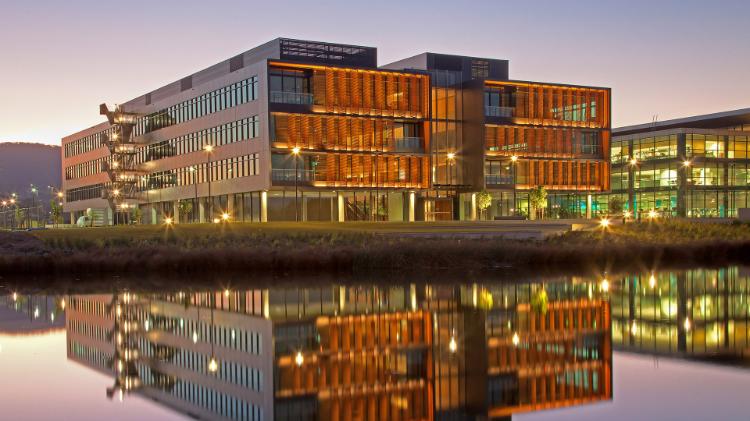Global Experts Collaborate to Investigate Impact of Radiation on Space Electronics
Experts from internationally renowned space agencies will come together this week (12 February to 15 February) for an event hosted by the University of Wollongong (UOW) which aims to address issues including space qualification requirements, radiation effects in microelectronics, and radiation hardness assurance.
The School of Space Qualification Conference, to be held in Mooloolaba, Queensland, will hear from leading researchers, engineers, physicists, entrepreneurs, consultants and advisors from organisations such as NASA, the French Space Agency, United States Naval Research Laboratory and the European Space Agency.
Distinguished Professor Anatoly Rozenfeld, Director and Founder of the Centre for Medical Radiation Physics, will Chair the conference. Professor Michael Lerch, Professor Marco Petasecca, and Associate Professor Susanna Guatelli, all of whom are based in the Centre for Medical Radiation Physics, will Co-Chair.
 Distinguished Professor Anatoly Rozenfeld
Distinguished Professor Anatoly Rozenfeld
Professor Rozenfeld said radiation in space is one of the complex environmental factors that both people and electronics are exposed to and needs to be well understood for success in space missions. Radiation can impact the everyday performance and lifespan of the electronics and equipment used during space missions for research, commercial, and defence purposes, a particularly acute concern when maintenance people are kilometres away on Earth.
“The conference will explore adverse radiation effects in space electronics and their mitigation and the current status of radiation testing facilities for space qualification, their future development, and focus on building international collaborations between partners,” Professor Rozenfeld said.
“The aim is to consider how to educate and train the next generation of scientists specialising in the field of space radiation effects and radiation hardness assurance.
“The conference is also an important event to accelerate further development of radiation facilities in Australia for mimicking space radiation environment which is a part of National Space Qualification Network.”
UOW is part of the National Space Qualification Network, which aims to provide expert advice and testing for the global space industry, as well as contribute to building the next generation of Australian scientists and engineers specialising in the field of space research, development, and commercialisation.
UOW Vice-Chancellor and President Professor Patricia M. Davidson said the conference represented an opportunity to bring together the best and brightest minds to tackle a challenge that is the forefront of the nation’s security and innovation.
“Space is moving from the obtuse and intangible to a real business opportunity. Ensuring that products and process are safe and effective in this emerging frontier is critically important,” Professor Davidson said.
“UOW is helping to spearhead the growth of this industry and provide valuable solutions that accelerate the design and delivery of technology in space.”
The School of Space Qualification is presented by the Centre for Medical Radiation Physics (CMRP) at the University of Wollongong and is supported by IEEE NPSS, National Space Qualification Network (NSQN), the Australian Space Agency (ASA), and the University of New South Wales (UNSW).

